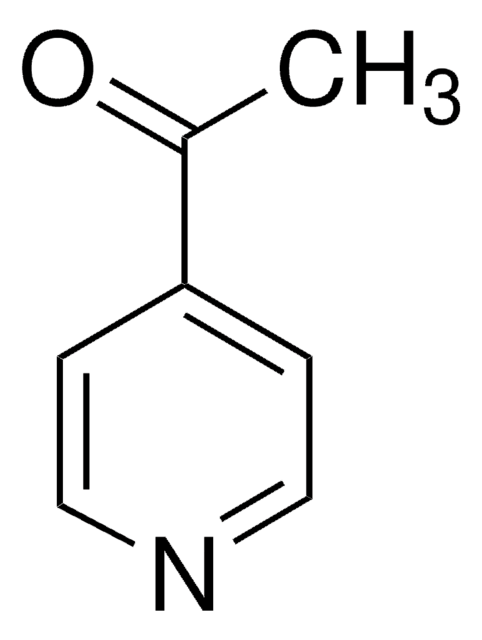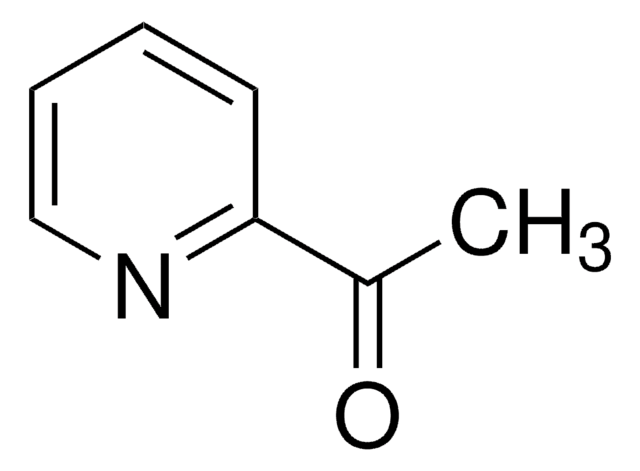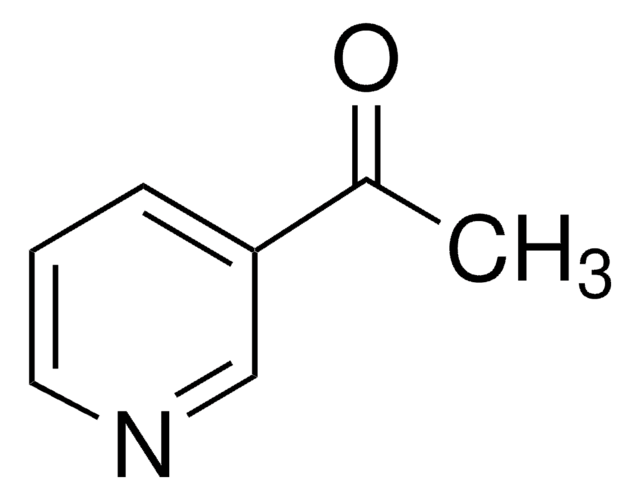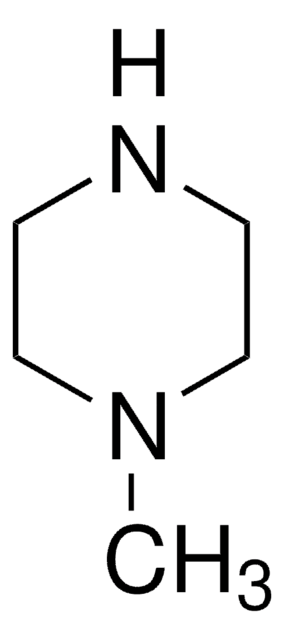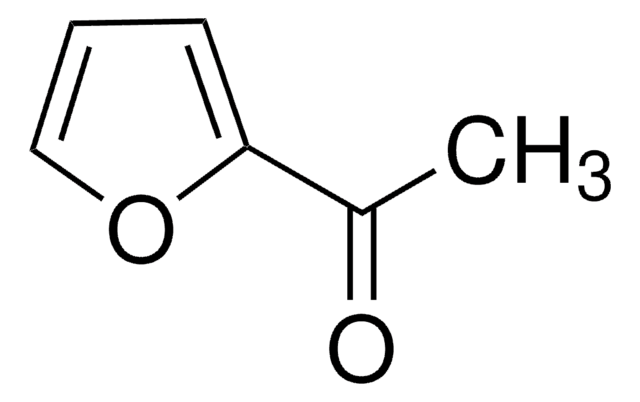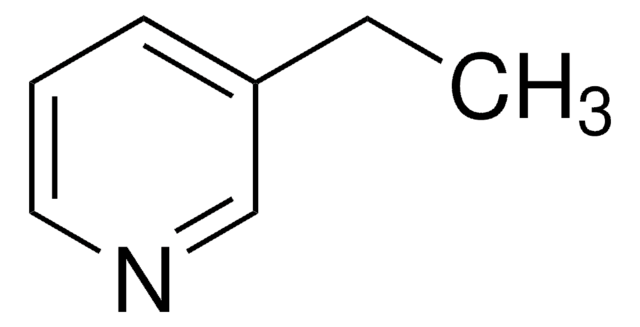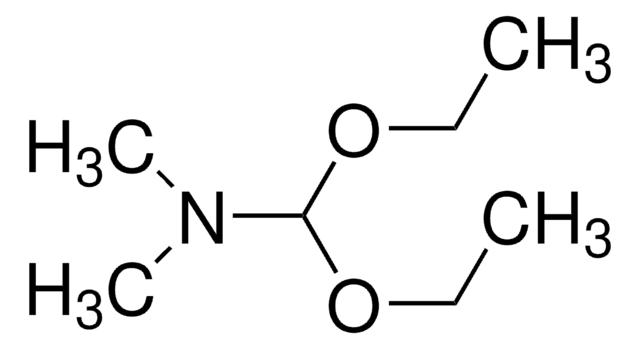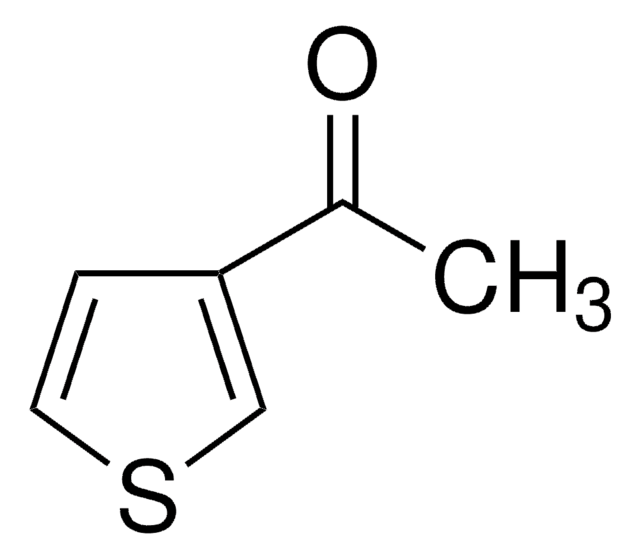A21207
3-Acetilpiridina
98%
Sinónimos:
Metil 3-piridil cetona
About This Item
Productos recomendados
Quality Level
assay
98%
form
liquid
refractive index
n20/D 1.534 (lit.)
bp
220 °C (lit.)
mp
11-13 °C (lit.)
density
1.102 g/mL at 25 °C (lit.)
SMILES string
CC(=O)c1cccnc1
InChI
1S/C7H7NO/c1-6(9)7-3-2-4-8-5-7/h2-5H,1H3
InChI key
WEGYGNROSJDEIW-UHFFFAOYSA-N
¿Está buscando productos similares? Visita Guía de comparación de productos
Categorías relacionadas
signalword
Danger
hcodes
Hazard Classifications
Acute Tox. 3 Oral - Skin Irrit. 2
Storage Class
6.1C - Combustible acute toxic Cat.3 / toxic compounds or compounds which causing chronic effects
wgk_germany
WGK 1
flash_point_f
219.2 °F - closed cup
flash_point_c
104 °C - closed cup
ppe
Eyeshields, Faceshields, Gloves, type ABEK (EN14387) respirator filter
Elija entre una de las versiones más recientes:
¿Ya tiene este producto?
Encuentre la documentación para los productos que ha comprado recientemente en la Biblioteca de documentos.
Los clientes también vieron
Nuestro equipo de científicos tiene experiencia en todas las áreas de investigación: Ciencias de la vida, Ciencia de los materiales, Síntesis química, Cromatografía, Analítica y muchas otras.
Póngase en contacto con el Servicio técnico